We may earn money or products from the companies mentioned in this post. This means if you click on the link and purchase the item, I will receive a small commission at no extra cost to you ... you're just helping re-supply our family's travel fund.

Part of the magic of travel is immersing yourself in the authentic rhythm of a place, often by choosing a vacation rental in a real, living neighborhood. But while glossy photos can promise charm and local flavor, the reality on the ground can sometimes feel different. True travel awareness isn’t about fear; it’s about observation and trusting your intuition. Learning to read the subtle, unspoken language of a neighborhood empowers you to navigate with confidence, ensuring your idyllic pursuit remains just that: idyllic.
1. An Abundance of Bars on Windows and Doors
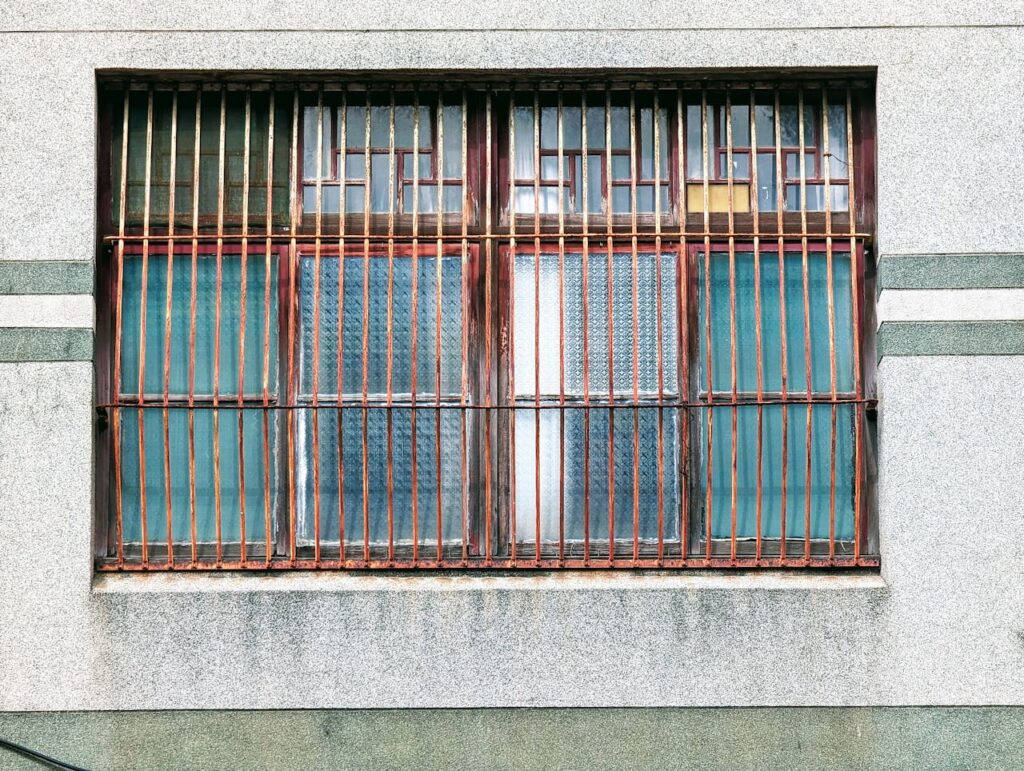
Some decorative ironwork is a common architectural feature in many cultures, a beautiful part of the design. But pay close attention to the difference between ornamentation and fortification. If nearly every ground-floor window and door is heavily fortified with functional, imposing steel bars, it is a subtle but clear indicator that residents feel a consistent need to protect themselves from break-ins. It is a sign that property crime is a significant and persistent local concern.
2. A Lack of Basic Amenities and Upkeep

Look for the fundamentals of a thriving neighborhood. Are the sidewalks cracked and dangerously uneven? Are most of the streetlights broken or missing altogether? Is trash overflowing from public bins? A neighborhood that appears to be chronically neglected by municipal services can sometimes signal broader issues of economic distress and a lack of civic investment. A well-tended neighborhood is very often a well-cared-for one in every sense of the word.
3. A High Concentration of Pawn Shops and Payday Lenders
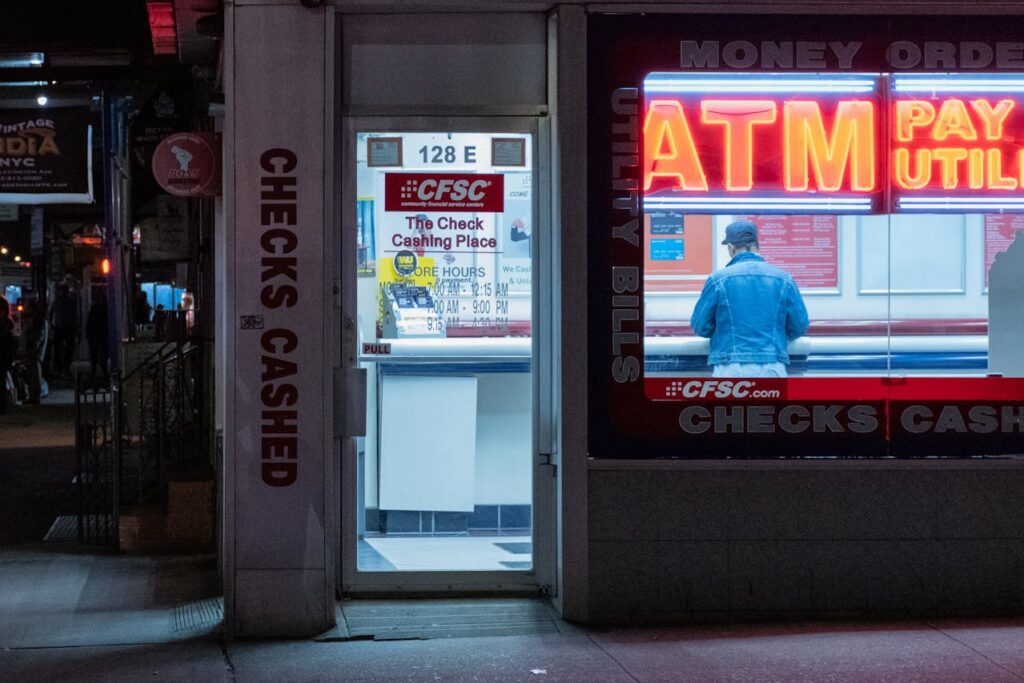
The types of businesses that dominate a commercial street can tell a powerful story about the local economy. While a single pawn shop is not a red flag, a high concentration of them alongside numerous payday loan centers, cash-for-gold storefronts, and rent-to-own furniture stores can indicate a community facing significant financial hardship. This kind of widespread economic vulnerability can sometimes be linked to higher levels of desperation and property crime.
4. Poorly Maintained Buildings and Overgrown Lots
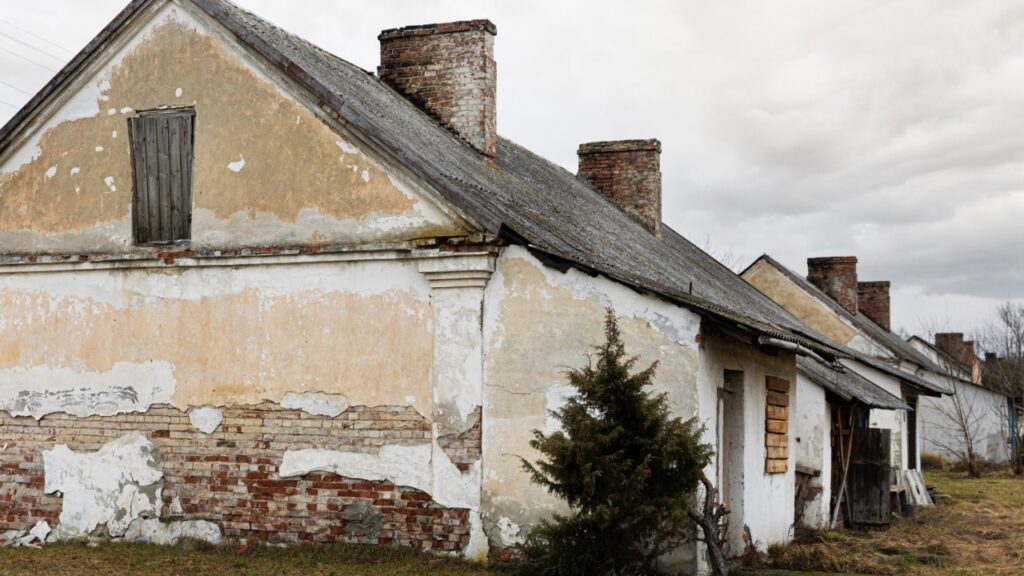
Pay attention to the general state of the buildings around you. Are there many boarded-up windows, crumbling facades, or lots that are overgrown with weeds and littered with trash? These signs of neglect and abandonment can suggest a transient area with little long-term investment from residents or property owners. This kind of environment can create a space where illicit activities are more likely to go unnoticed or unaddressed by the community.
5. A Complete Absence of People After Dark
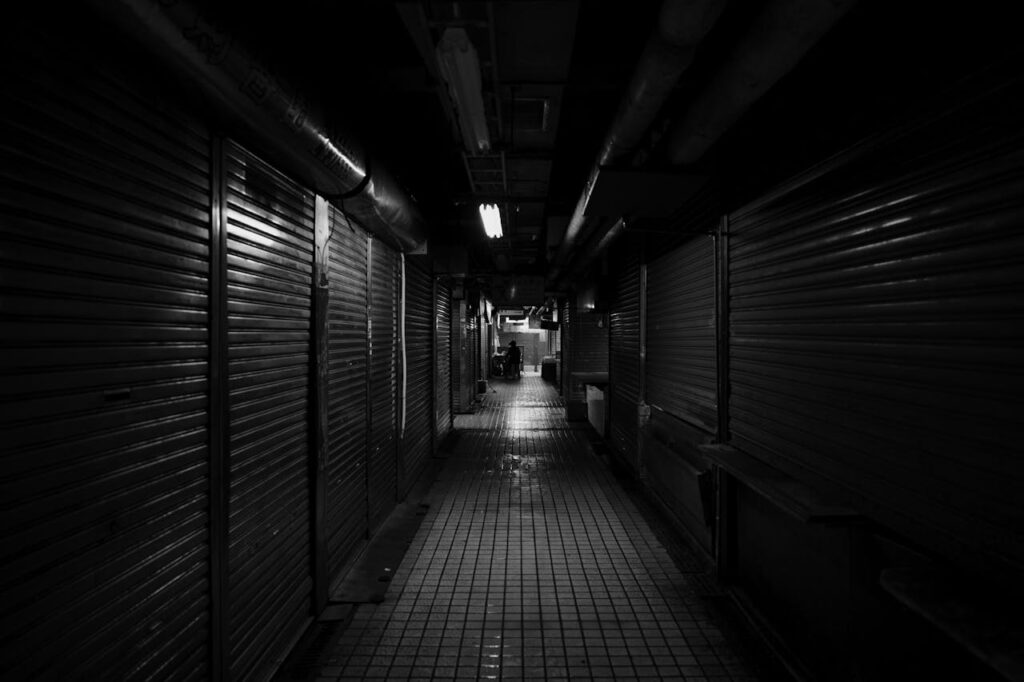
A neighborhood that is lively and full of people during the day but becomes eerily quiet and deserted the moment the sun sets can be a telling sign. If locals make a point to be inside and off the streets after dark, it may be because they do not feel safe in their own neighborhood. A healthy community often has a gentle evening rhythm, with people walking their dogs, sitting on their porches, or heading to a local restaurant. A sudden, complete emptiness can be unsettling.
6. Prevalent, Low-Quality Graffiti or “Tagging”

There is a world of difference between vibrant, artistic street murals and the scrawled, repetitive “tags” that often signal gang activity or simple vandalism. While intentional street art can be a sign of a creative and thriving community, an overwhelming presence of tagging on nearly every available surface walls, mailboxes, and fences can indicate a lack of civic pride and a struggle for control over public spaces. It points to a breakdown in the social order.
7. A Scarcity of Children Playing or Families Strolling
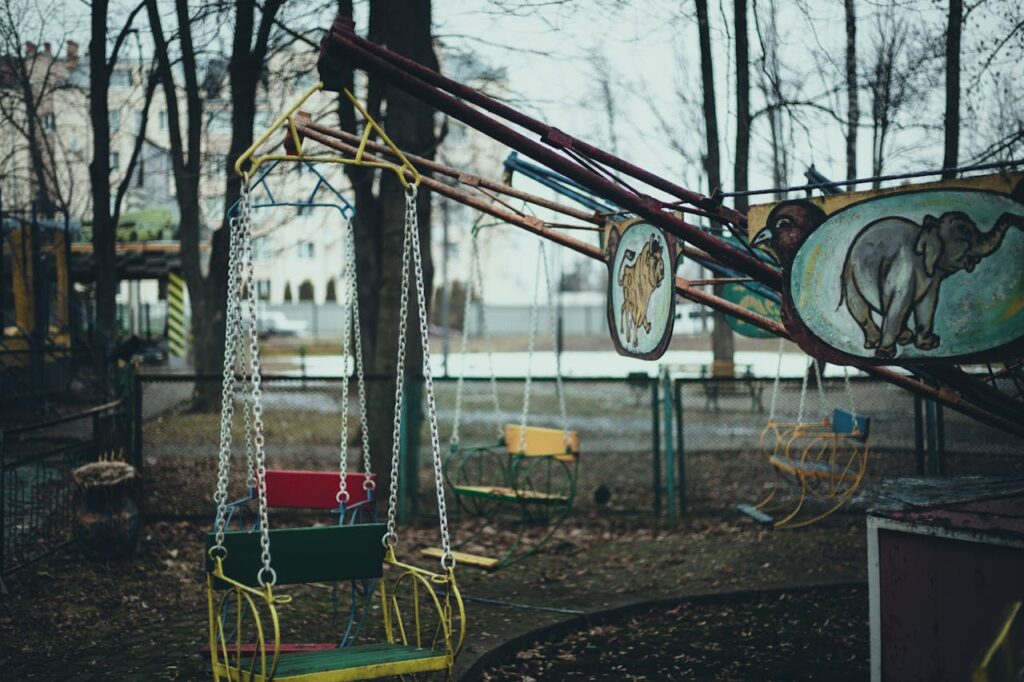
In a healthy, safe neighborhood, you will often see signs of family life. Children riding their bikes on the sidewalk, families walking to a local park, or people pushing strollers are all indicators that residents feel secure enough in their surroundings to be outside. If you notice a complete absence of this kind of activity, even on a beautiful day, it might suggest that parents do not feel comfortable letting their children play freely outdoors in their own neighborhood.
8. Stray Animals and Unkempt Pets

The way a community treats its most vulnerable members, including its animals, can be a window into its overall health. A neighborhood with a significant number of stray dogs and cats, or where the pets you do see appear consistently neglected and untended, can be a sign of widespread poverty and social distress. It points to a community where residents may be too overwhelmed by their own struggles to properly care for their animals.
9. Lack of Legitimate, Thriving Businesses
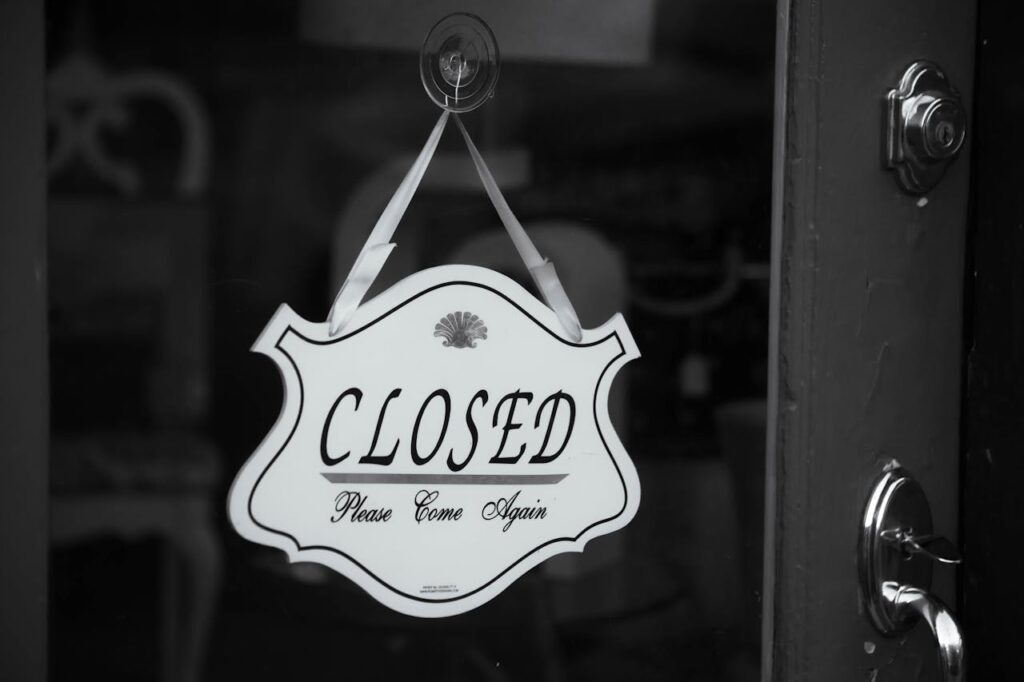
Look closely at the local businesses in the area. Is there a mix of welcoming cafes, well-stocked grocery stores, and independent shops with regular customers? Or is the area dominated by shuttered storefronts, liquor stores with heavy security, and businesses that seem to have very little customer traffic at all? A lack of legitimate, thriving commerce can mean there is not enough local stability or safety to support small business owners.
10. Constant, Unsettling Noises
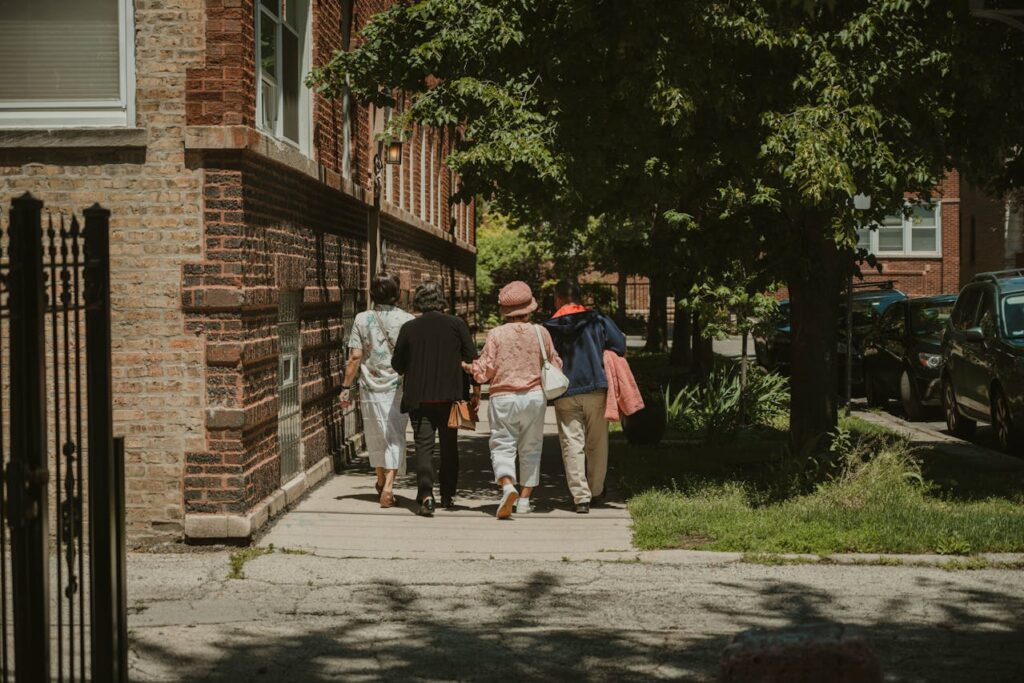
Tune into the soundscape of the neighborhood. All urban areas have noise, but there is a difference between the normal hum of city life and sounds that signal distress. Are you hearing frequent, close-by sirens? Persistent, aggressive shouting or arguments? Dogs that bark incessantly without anyone intervening? These sounds can point to a level of tension and a lack of social cohesion that goes beyond the typical noise of a densely populated area.
11. Your Own Gut Feeling

This is perhaps the most important and reliable clue of all. Your intuition is a powerful tool, honed by a lifetime of subconscious observations and pattern recognition. If you step out of your taxi and something just feels “off” if the atmosphere feels tense, if you feel unwelcome, or if a sense of unease settles over you for no reason you can name—listen to that feeling. Often, your gut is processing a dozen subtle cues that your conscious mind has not even registered yet. Trust it.